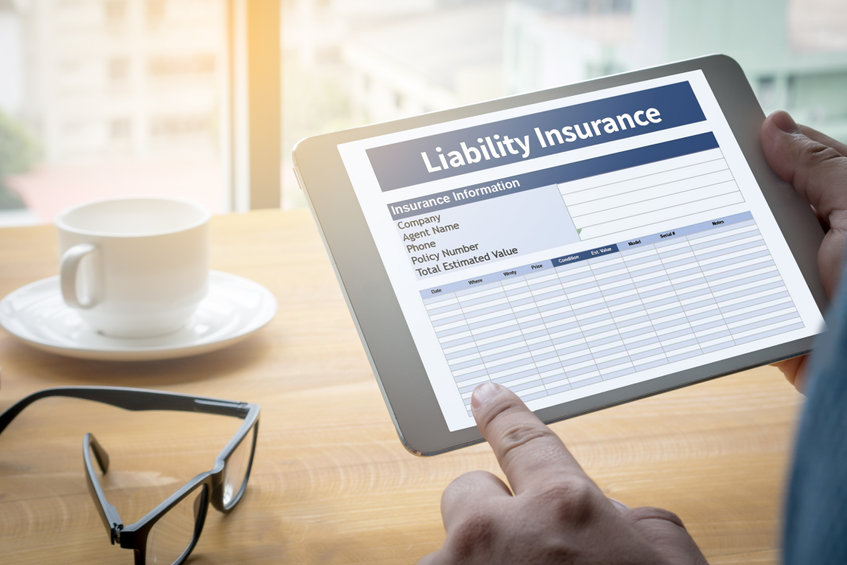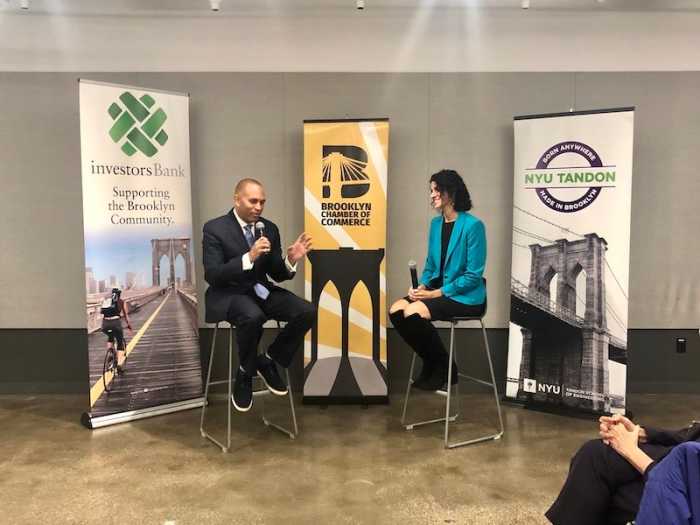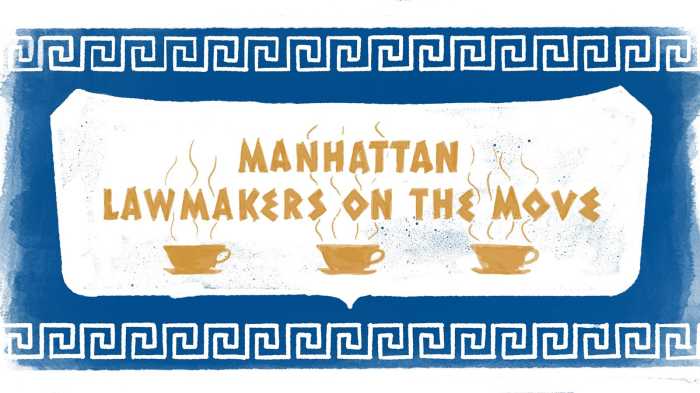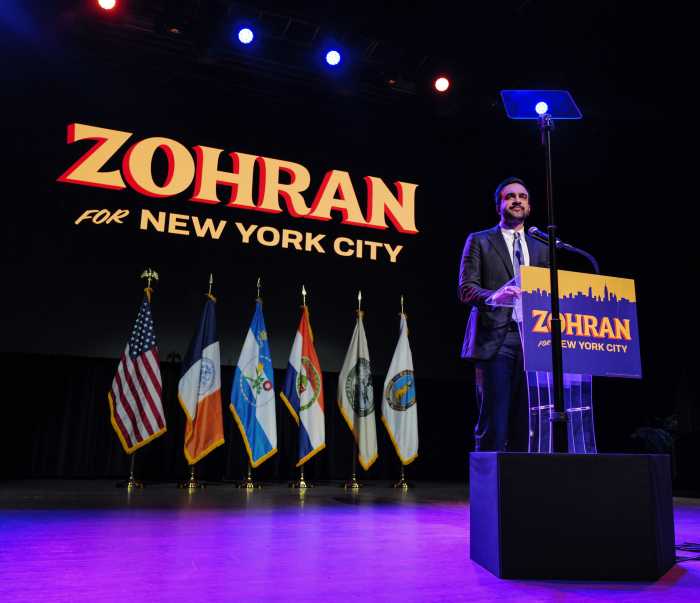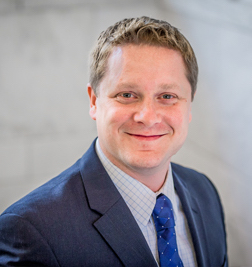
Governor Hochul’s infrastructure agenda could be derailed by New York’s burdensome civil liability environment. In her first State of the State Address, she vowed to connect communities, build affordable housing, and protect New Yorkers from severe weather. Stressing that infrastructure is “a quality of life issue,” Hochul touted jobs in the construction sector, shorter commutes, and connecting families as benefits of her proposed projects.
Indeed, improving New York’s infrastructure, which has been rated a dismal C+, should be a priority. But to rebuild efficiently, Governor Hochul must push back on the powerful special interest that is the personal injury bar, and champion a less wasteful and litigation-friendly liability environment.
The Regional Plan Association and former-City Council Speaker Corey Johnson have both called reforming New York’s unique liability laws in order to fix outsized construction costs at the MTA.
New York has long been crowned the lawsuit capital of the world, and was named the country’s second-worst “judicial hellhole” just last year. The Empire State is home to more lawyers per capita than any other state – and trial lawyers actively make political contributions and hire lobbyists to push their allies in the legislature to pass more settlement-friendly laws. New York is also riddled with unchecked litigation financing and aggressive personal injury advertising that targets low-income communities, further victimizing injured individuals. According to research from the Perryman Group, excessive liability costs drain New York of $70 billion worth of economic activity annually.
As a result of these conditions, construction and infrastructure projects in New York are saddled with some of the highest liability insurance costs in the country. Insurers have even pulled out of construction insurance in the state citing out-of-control payouts, making it harder – and in some cases impossible – for less established contractors to find insurance. This harms small construction firms like MWBEs, which diminishes healthy competition and wreaks havoc on the state’s equity goals.
Among New York’s laws that inflate construction costs is the century-old Scaffold Law, which holds property owners and contractors fully responsible for gravity-related workplace injuries – even if the injured worker was at fault. This leads to sky-high insurance costs for schools, bridges, and rail projects across the state. A Transportation Research Board study found that the Scaffold Law fails to make workers safer and may even reduce worker safety.
Efforts to restore our crumbling infrastructure and provide affordable housing will face significant barriers from New York’s liability environment. Scaffold Law claims, along with litigation under the recently enacted Green Amendment, will delay and burden projects with lawsuits and excessive insurance costs.
To truly transform New York’s infrastructure and bring the state into the 21st Century, lawmakers must address the state’s uniquely expensive liability environment. If we do not bring New York’s civil justice system up to date, our infrastructure will continue to lag behind and fall apart. Governor Hochul must work with the legislature to rein in excessive litigation that harms construction, sets back progress, and wastes taxpayers’ money.
Tom Stebbins is executive director at the Lawsuit Reform Alliance of New York.


